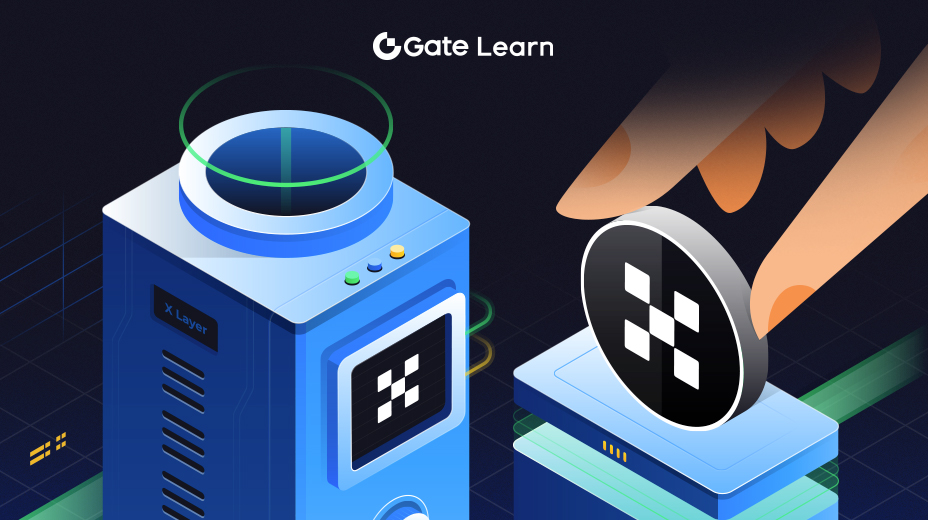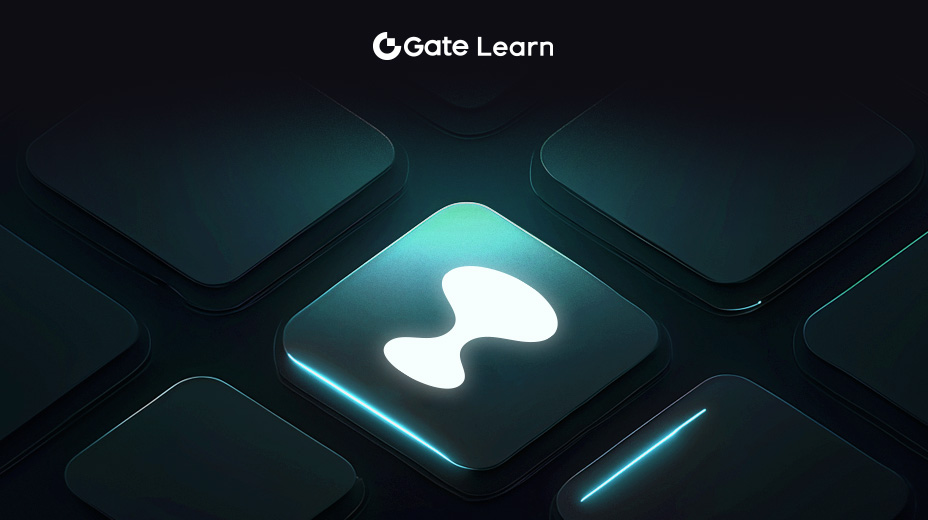The DAC Framework in MetisDAO
By automating governance and operations through smart contracts, DACs not only increase efficiency but also enhance transparency and trust, making them suitable for a wide range of applications across various industries.

Introduction to DACs
The Decentralized Autonomous Company (DAC) framework in MetisDAO uses smart contract technology to automate governance and operations within a blockchain environment.
DACs are entities governed digitally, operating according to rules registered in their smart contracts, which are immutable and executed by the blockchain.
This framework enables organizations to operate in en effective a decentralized manner, where control is distributed across all token holders rather than centralized in a single authority.
Structure of DACs
In the Metis ecosystem, a DAC is comprised of multiple smart contracts that govern its operations, financial transactions, and decision-making processes. They are interconnected to create a robust organizational structure that operates efficiently on the blockchain.
The smart contracts manage functions such as token distribution, treasury operations, and execution of organizational decisions. The modular nature of these contracts allows for flexibility and scalability, accommodating a variety of organizational needs and growth dynamics.
Governance in DACs
Governance within the DACs on MetisDAO is implemented through a system of proposals and voting mechanisms designed to ensure that all stakeholders can participate in the organization’s decision-making, according to their share of tokens.
Through this system, token holders have the power to submit proposals regarding operational changes, financial management, or strategic direction. Voting rights are typically proportional to the number of tokens held, and the blockchain enforces the outcomes of these votes, ensuring transparency and adherence to collective decisions, so no third parties are exclusively benefited.
Operational Mechanisms
DACs operate with a high degree of automation, through smart contracts executing routine operations such as payments, contract renewals, and inter-contract communications.
This automation extends to interactions with external systems and data feeds via oracles, which supply reliable external data to the smart contracts.
MetisDAO’s Layer 2 capabilities enhance these operations by reducing transaction costs and improving execution speeds, making the operation of DACs more efficient compared to traditional blockchain setups.
Applications
DACs are particularly effective in environments that require decentralized control and transparent operations. In the DeFi sector, DACs can manage decentralized exchanges, automated market makers, or insurance pools without human intervention.
In content distribution, DACs can automatically enforce licensing agreements and distribute royalties based on pre-set algorithms. Additionally, in supply chain management, DACs offer transparent tracking of goods and automated execution of supply chain events based on verified data inputs.
Highlights
- MetisDAO’s Decentralized Autonomous Company (DAC) framework uses smart contracts to automate governance and operational functions, enabling organizations to operate decentralized on the blockchain.
- DACs consist of interconnected smart contracts that manage various organizational aspects such as token distribution, treasury management, and operational decisions, offering scalability and adaptability for diverse organizational needs.
- Governance in DACs is conducted via a transparent voting system where token holders propose and vote on organizational decisions, with blockchain technology enforcing the outcomes to ensure accountability.
- Automated execution of routine operations and external interactions through oracles is central to DAC functionality, with MetisDAO’s Layer 2 enhancement reducing costs and speeding up transactions.
- DACs are suited for multiple sectors including decentralized finance (DeFi), content distribution, and supply chain management, where decentralized control and automated operations are crucial.





